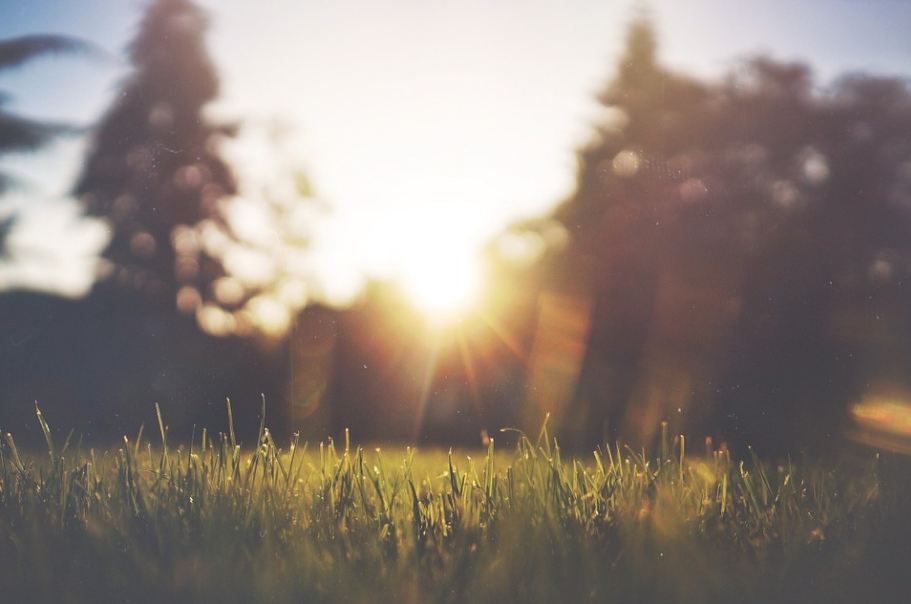As an item of scientific inquiry and debate, finding the perfect turf grass for lawns, golf courses, playfields, and sports stadiums is an ordeal for many. The most-perfect turf grass needs to be hardy and vigorous, featuring high resistivity against a myriad of climatic and soil conditions. It should have the ability to fight off pests, withstand foot traffic, and require fewer resources for maintenance. Many new turfgrasses such as the Danthonia poverty grass possess excellent qualities in all areas of concern. It is a cool-season grass that can help you adorn your place with a perfectly even and lush-green lawn. Given the use, let’s have a look at this native grass in detail, along with tips on how to take care of it.
What is Danthonia Poverty Grass?
Danthonia poverty grass, more commonly known as poverty oat grass, belongs to the grass family Poaceae. Its scientific name is DanthoniaSpicata, and it is a perennial grass native to the lands of Canada and the United States, extending as far as Northern Mexico. It has a wide distribution across North America. As a cool-season turfgrass, Danthonia poverty is an essential grass species for both commercial and industrial productions. It features several qualities that make it one of the top choices for turfgrass.
Why Should You Choose Danthonia Poverty Grass?
The plant is non-invasive and does not spread via surface runners such as rhizomes or stolons. Due to its high site and soil tolerance, it does equally well on lands with poor nutrient soils or rocky terrains. From partial to full sun coverage, poverty oat grass can also thrive in all light intensities. The plant can survive times of drought as well, and hence, it has low watering and nutrients requirements. It is also because of these features that the grass species got its name as it needs little to no resources for growth and maintenance.
Aside from these qualities, poverty oat grass also has a beautiful and characteristic appearance. It has a dense turf featuring low basal leaves from which one or more flowering culms sprout. Blades root from a central crown. These leaf blades are 2mm to 5 inches long while the culms are 1-2’’ tall. These leaves curve inwards often, making the turf appear flawlessly even and lush. The leaves have a medium green color and are mostly hairless. These leaves, when old, attain a deeper curvature and a tan-like color. What adds to the beauty of this plant? The raceme or the floral spikelets that root from each culm. Inflorescence branches are slender, short, and ascend to erect. Danthonia Poverty Grass also features self-fertile florets. The root system of this grass is fibrous. It is important to note that the grass has a slow germination rate. However, once it establishes, it develops into a tenacious turf with commendable vigor. Gardeners face little to no difficulties when planting this species of grass.
The grass establishes better on rocky areas against moist and rich lands. Hence, it can cover areas where other grasses are hard to grow.
All these qualities prove that poverty oat grass is an excellent choice for a beautiful turf.
Tips For Planting, Maintaining and Caring for Danthonia Poverty Grass
Use the following tips for planting, maintaining, and caring for Danthonia Poverty oat grass:
- Maintain a regular mowing routine. It will help prevent the ends of foliage from curling and hence appearing uneven.
- Apply pre-emergence herbicides before planting poverty oat grass as it keeps away competitive weeds while your sown seedlings are in the process of establishment.
- Sow your seeds during the season of April. Prepare your seedbed with an adequate reach of sunlight.
- Sow your plant in rocks and debris to a depth of at least 6 inches.
- Broadcast your seed at the rate of 3000 seeds per square foot. Increase or decrease your number of seedlings proportionally to this rate to achieve an even and dense turf.
- Plant your grass on rocky, inhospitable areas as Danthonia poverty does not grow and foster well in moist and rich soils.
- To ensure your grass has healthy growth, do not overdo it with fertilizers, pesticides, and water.
The Bottomline
Danthonia Poverty Grass is a useful, cool-season grass. Its ability to tolerate wide ranges of pH, soils, site, resources and climatic conditions make it ideal for grass ways and home-managed lawns. Not only will planting it will give you an economic advantage, but it will also help you save time, which otherwise would’ve been spent on taking care of your turf. So why are you waiting? Plant Danthonia Poverty grass and have a greeny even turf!


